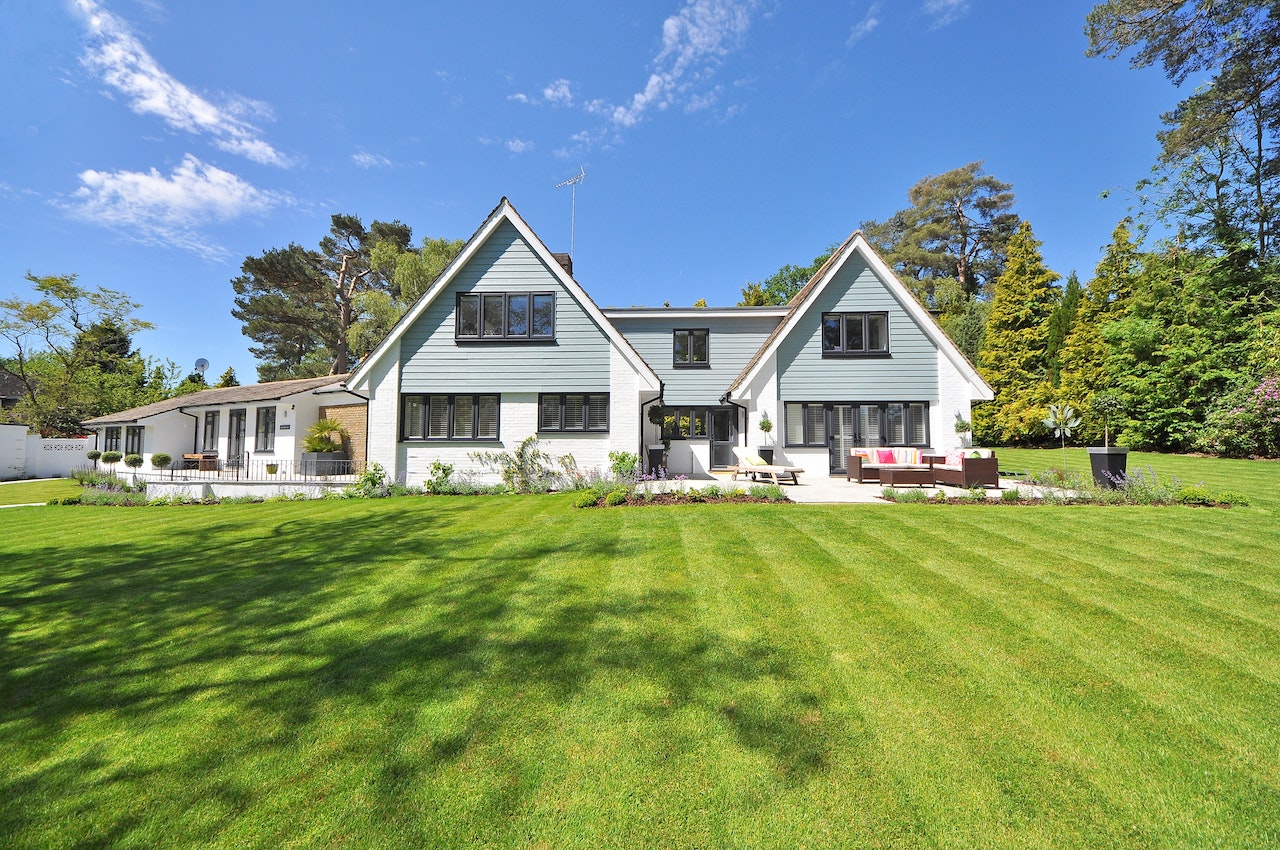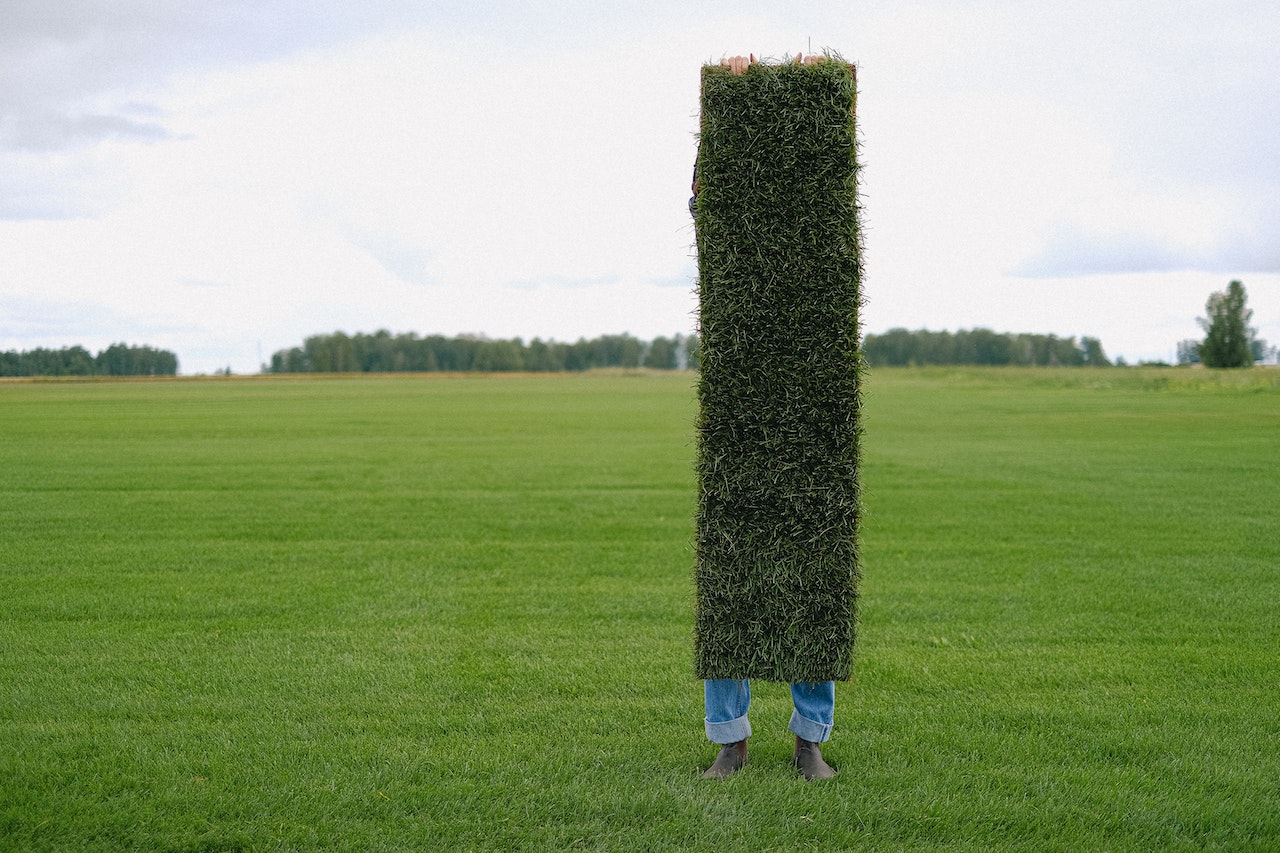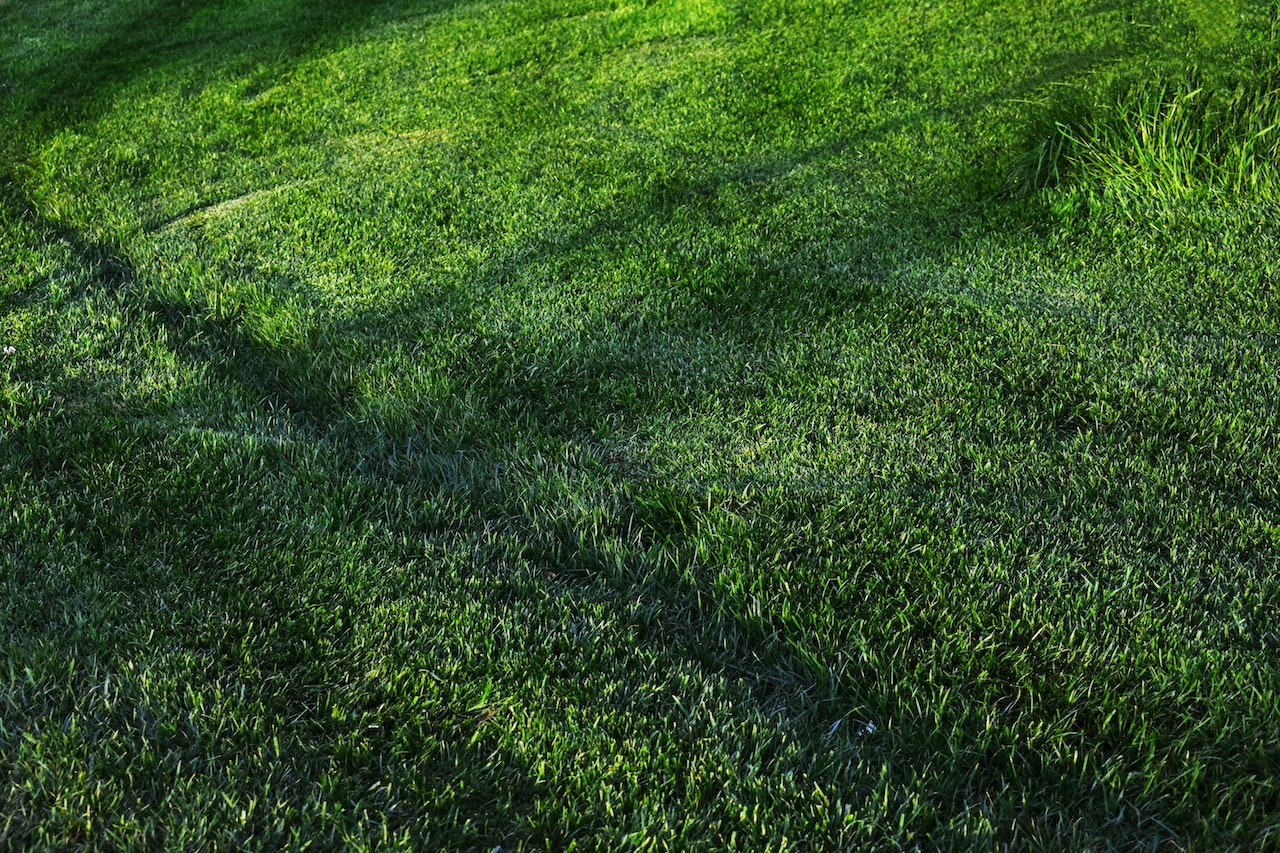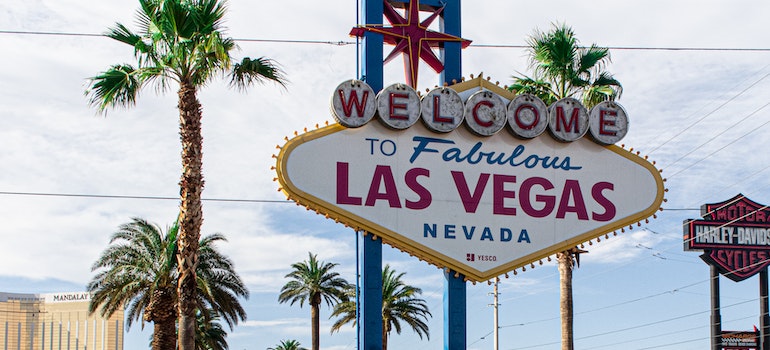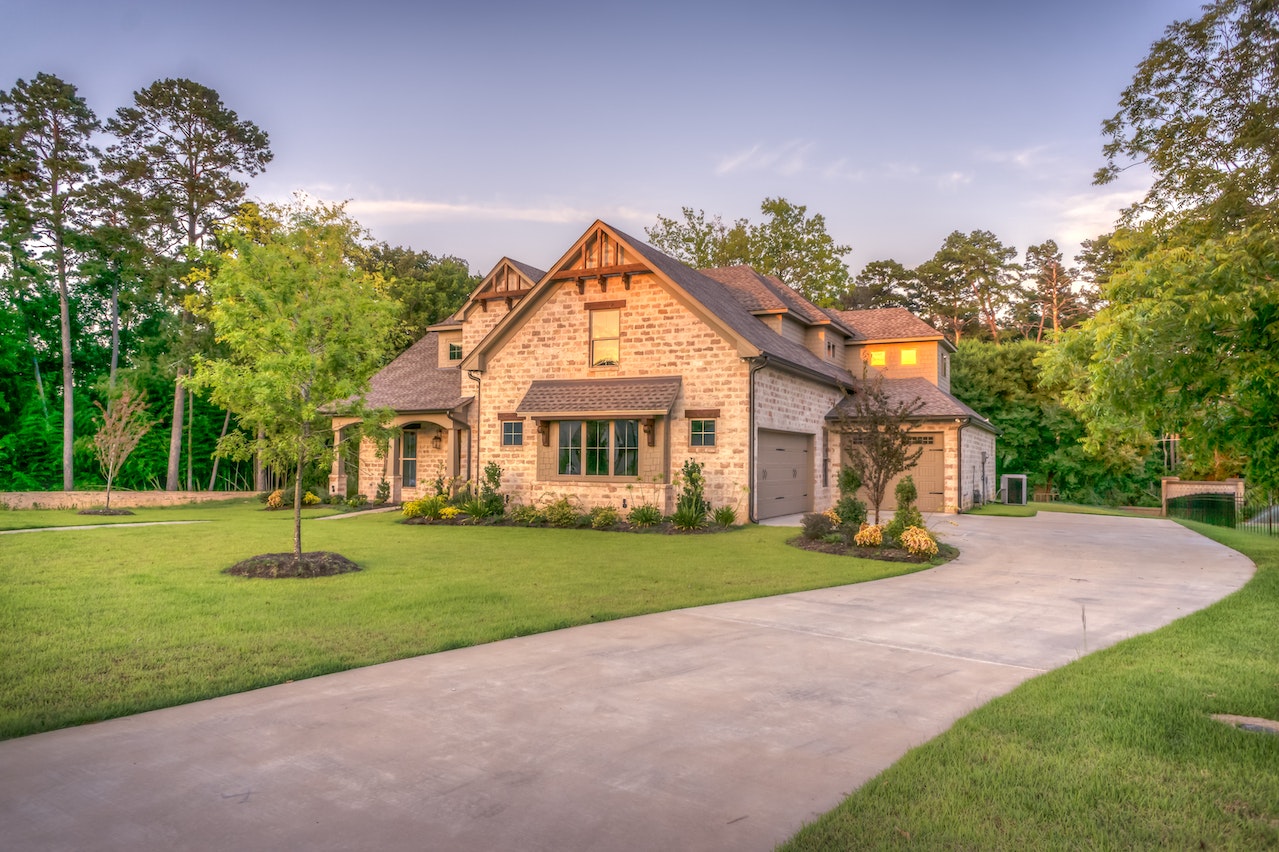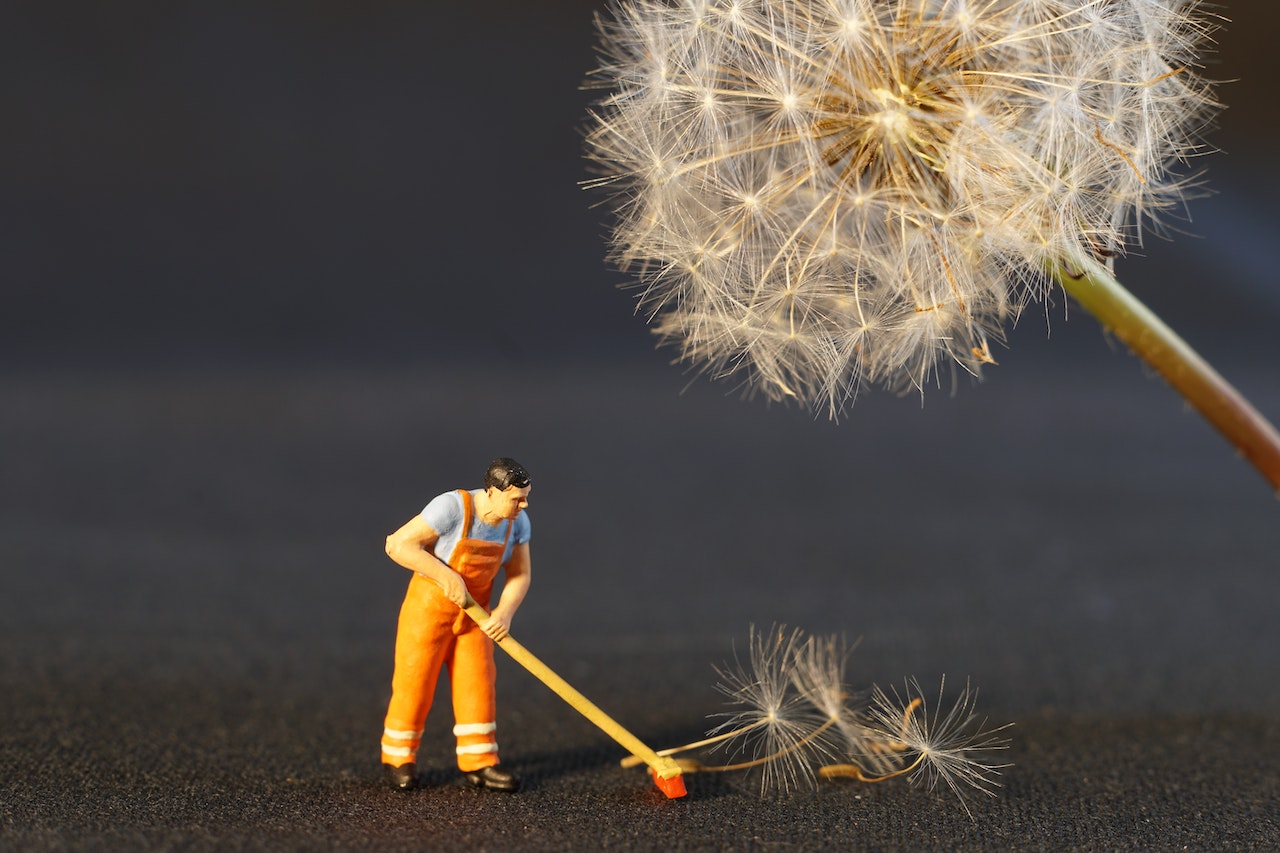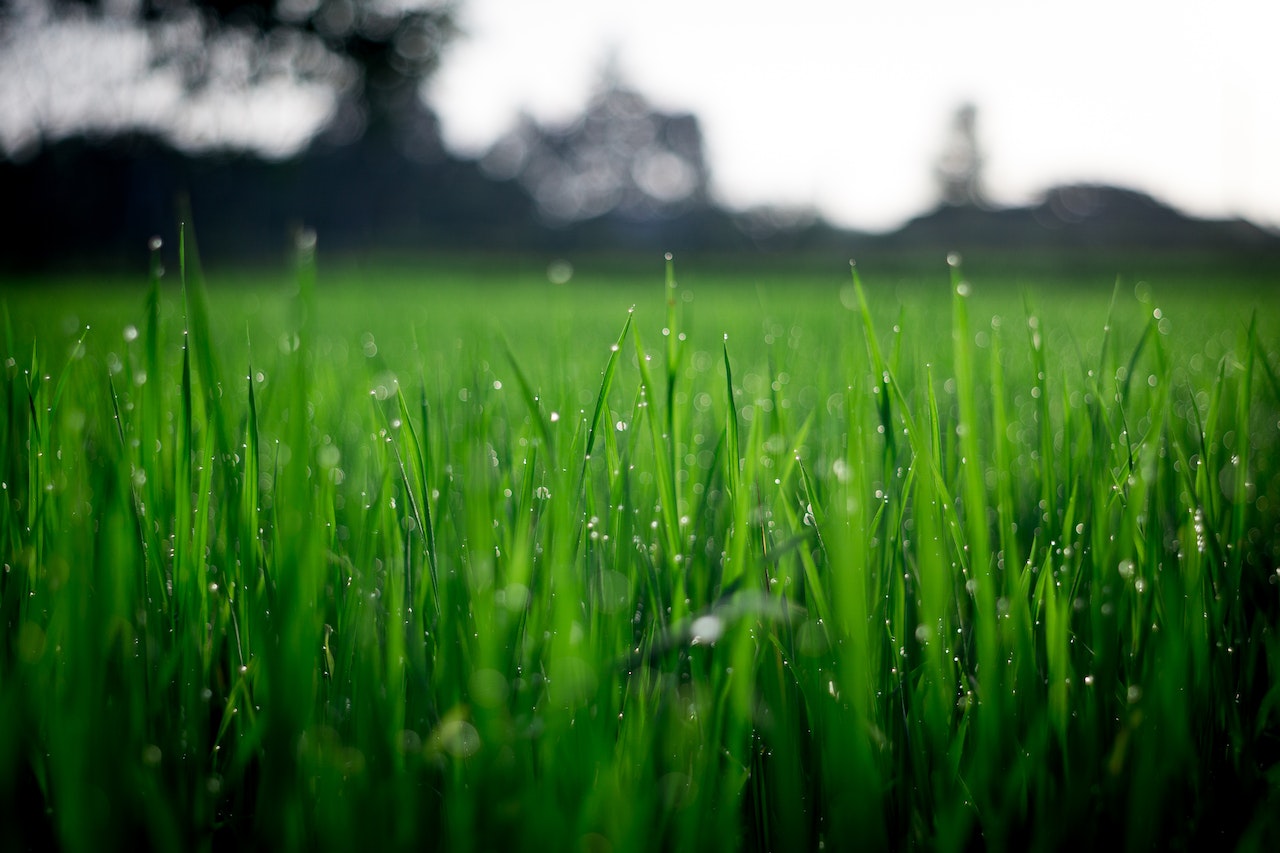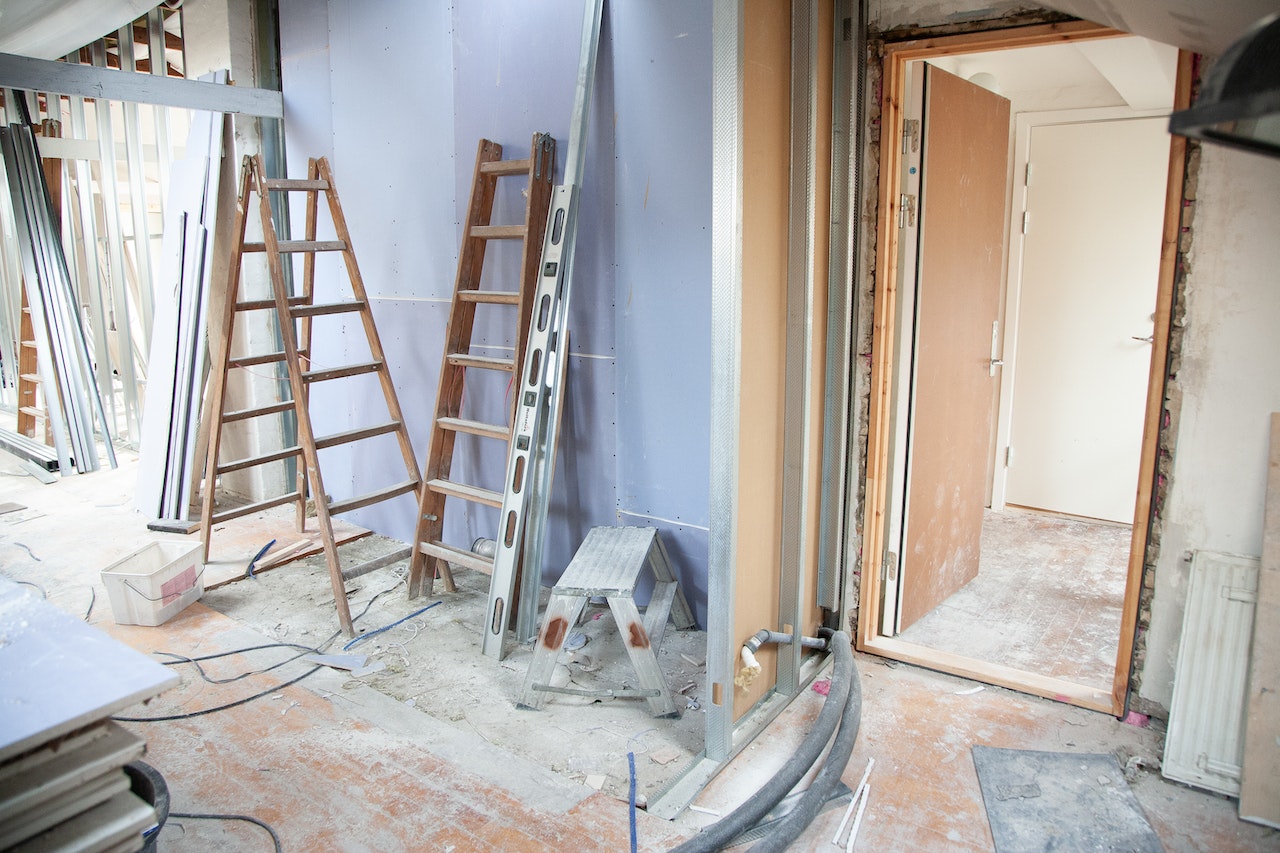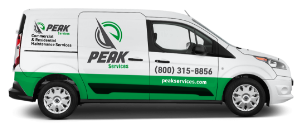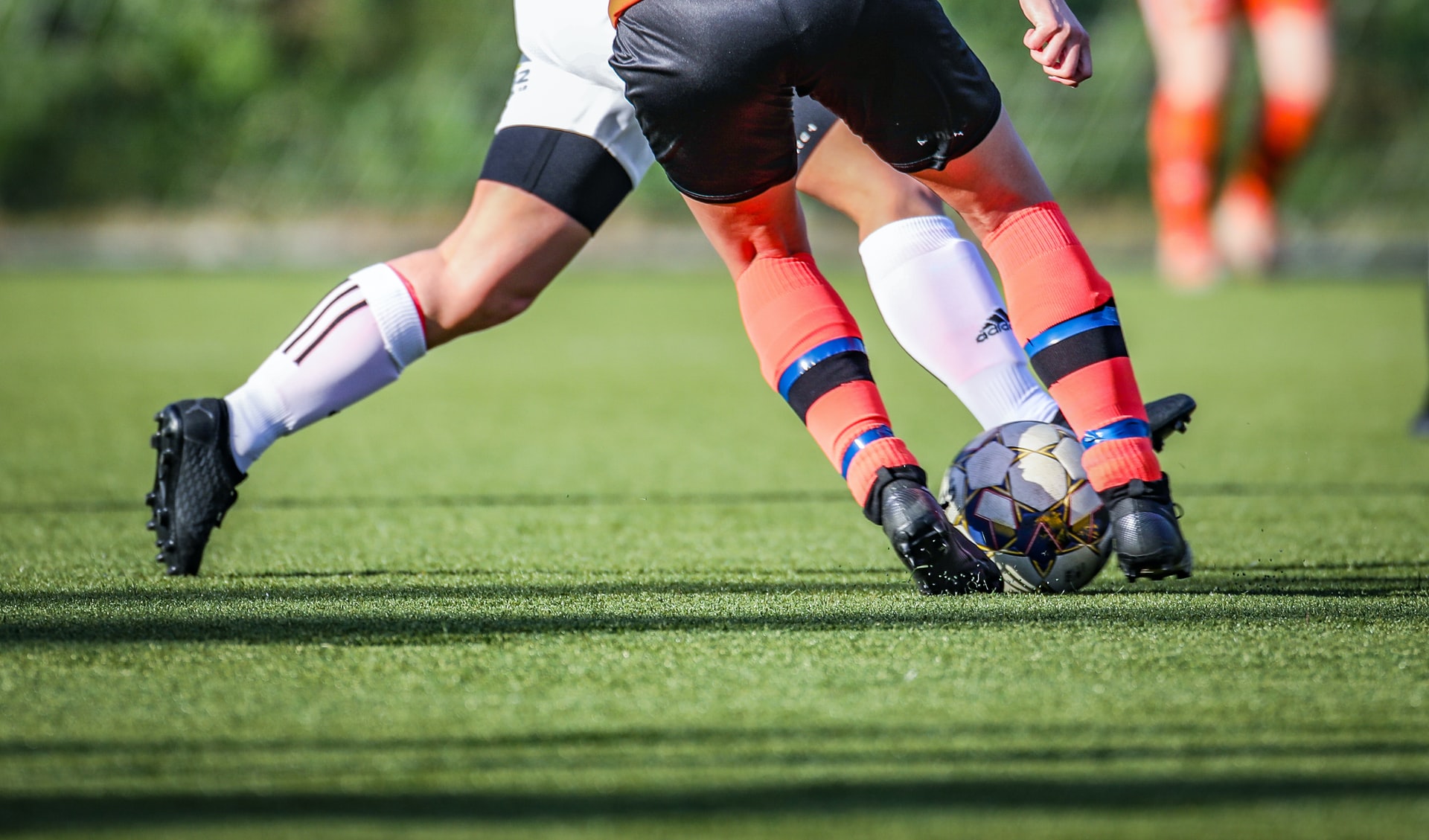
From its invention until today, many sports fields have installed synthetic turf. One of the first sports to replace real grass was baseball, with The Houston Astrodome being the first to make the switch in 1966. Realizing the potential, other sports soon followed in their footsteps. Still, in the early years of playing on synthetic grass, there were some difficulties. The look was not as attractive as the real deal. The ball acted weird on the plastic surface. The whole feeling was kind of “off”. But then, the third generation of synthetic grass (3G) saw the light of day. And, with it, all those detriments went out the window. Today, more and more clubs and unions switch to this alternative, for many good reasons. So, let’s see what are the benefits of artificial grass for sports facilities and why is this man-made simulation of nature so prevalent.
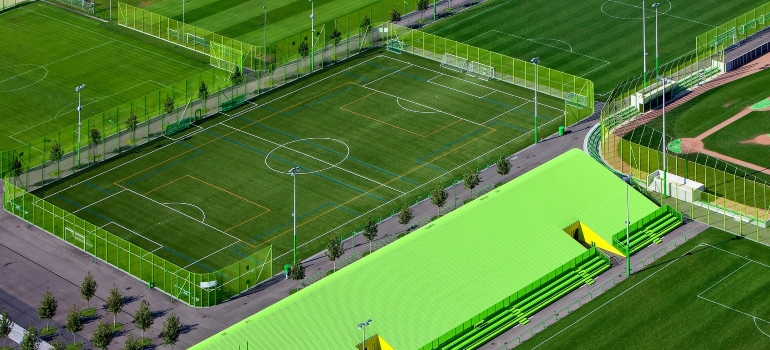
Artificial grass is an increasingly popular decision for sports fields
Benefits of artificial grass for sports facilities in a nutshell
There are a lot of people out there who don’t like the idea of fake grass. It is mostly because they know it’s “fake”. However, if there were to be a competition, natural grass would lose the battle. Simply, synthetic turf has too many upsides, the most notable ones being:
- Low maintenance costs and requirements;
- Realistic feeling;
- Excellent performance in all weather conditions;
- Suitable for indoor and outdoor facilities;
- Easy installation;
- No uneven areas, puddles, or mud;
- Durable and long-lasting;
- Easy to paint upon;
- Retains the look all year round.
Even at a glance, it is easy to see how synthetic turf has too much going for it to be discarded just because it isn’t the real deal. And it is exactly why it is gaining popularity by the day.
It may not be natural – but it certainly looks and feels that way
Artificial grass was invented way back in the 1960s. It was a good idea born out of necessity to cut the cost and time of maintaining a sports field. However, it was an idea way ahead of its time and technology. That’s why the first-generation turf system had a carpet-like surface and rough feel. There were more injuries, and ball bouncing was not the same as on natural grass.
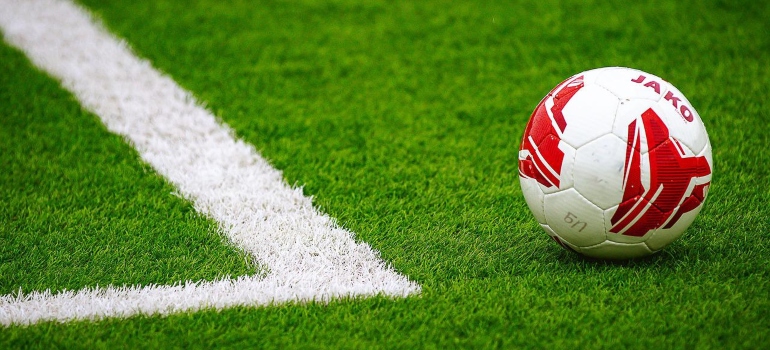
Artificial grass can be painted easily, and there is no need for frequent repairs
However, with today’s technology, there are no such inconveniences. Modern synthetic grass faithfully mimics its natural counterpart. So much so, in fact, that it is hard to tell the difference. Furthermore, modern turfs act like real grass, too. There are no bumpy patches, so injuries seldom occur.
Finally, there are even studies that confirm that artificial grass has a positive effect on the performance of athletes. So, in terms of looks and feel, synthetic turf definitely got its facts straight.
Cleaning artificial turf is beyond easy
The need for the maintenance of synthetic grass is extremely low. Still, that does not mean there are none. Dust, dirt, leaves, and other debris is still a thing, especially for outdoor facilities. However, dealing with them is way easier than with natural lawns. For the most part, all it takes is a rake to clean up the mess and a hose to rinse any dirt. However, every once in a while, artificial turf needs a bit of a face-lift. Fortunately, artificial turf maintenance companies made this, too, more than simple. With their training and a literal arsenal of specialized tools, they can take care of the entire field in but a few hours.
On a less positive (but not negative) note, artificial lawns do suffer from some maintenance issues. For instance, a pigeon swarm can decide to set up camp at an open stadium, such as Las Vegas Ballpark. In this case, simple turf cleaning stops being effective, as birds will just make a mess again. Rather, it will take an intervention from a pigeon pest control Las Vegas company, before regular maintenance can resume. Therefore, cleaning issues are often a result of outside factors, rather than turf properties.
The benefits of artificial grass for sports facilities translate into environmental benefits
Although it might not seem so, synthetic grass is eco-friendly. First, there’s no need for pesticides and herbicides to keep the grass healthy. So, no harmful chemicals are involved in the maintenance process. Second, very few tools used to keep it clean and fluff rely on fossil fuels. Therefore, there are fewer harmful emissions. Third, fake grass doesn’t need watering. This means not only cutting down on utility bills but on a massive amount of water.
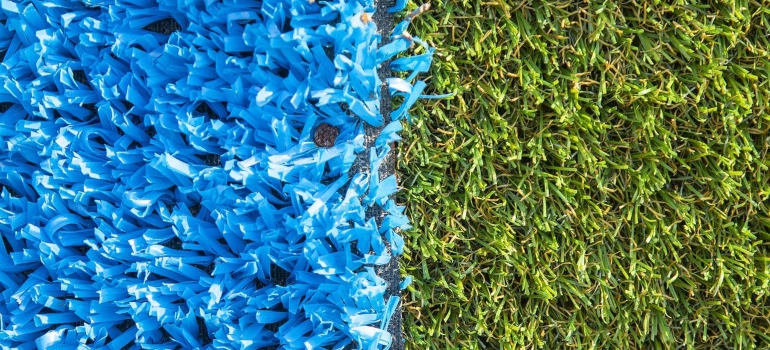
You have a lot of different choices when it comes to synthetic turf.
Lastly, sports facilities can reduce maintenance costs even further, by combining turf with renewable energy sources, such as PV systems. Granted, that would mean investing in solar panel protection, the likes of solar panel pigeon control Enterprise NV companies offer. Still, it is a once-in-10 to 15 years investment, and the savings from turf alone can easily cover it.
Choices are immense
Now, who said grass has to be green? Why not blue? Red? Rainbow colored? There is a variety of materials, consistencies, heights, and colors to meet your needs. There are heat and frost-resistant grasses. You even have non-flammable and non-staining versions of the product. Perforated artificial grass ensures a good drainage system. When it comes to fake turf, you are nothing if spoiled for choice. Granted, not each one will be a perfect fit for every facility. But, with such a variety, there’s bound to be something for everyone.
In this case, “fake” is the exact opposite of “bad”
With everything said, it is easy to conclude that synthetic turf is a phenomenal investment. And yet, what we did is barely scratch the surface. The benefits of artificial grass for sports facilities are, in a word, immense. Put simply, incredible versatility, durability, sustainability, and customization options are something natural turf cannot compete with. And that is why fake turf is here to stay.

